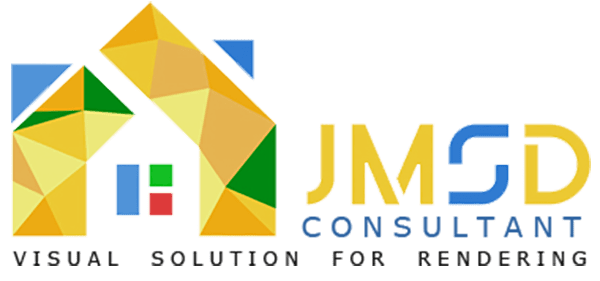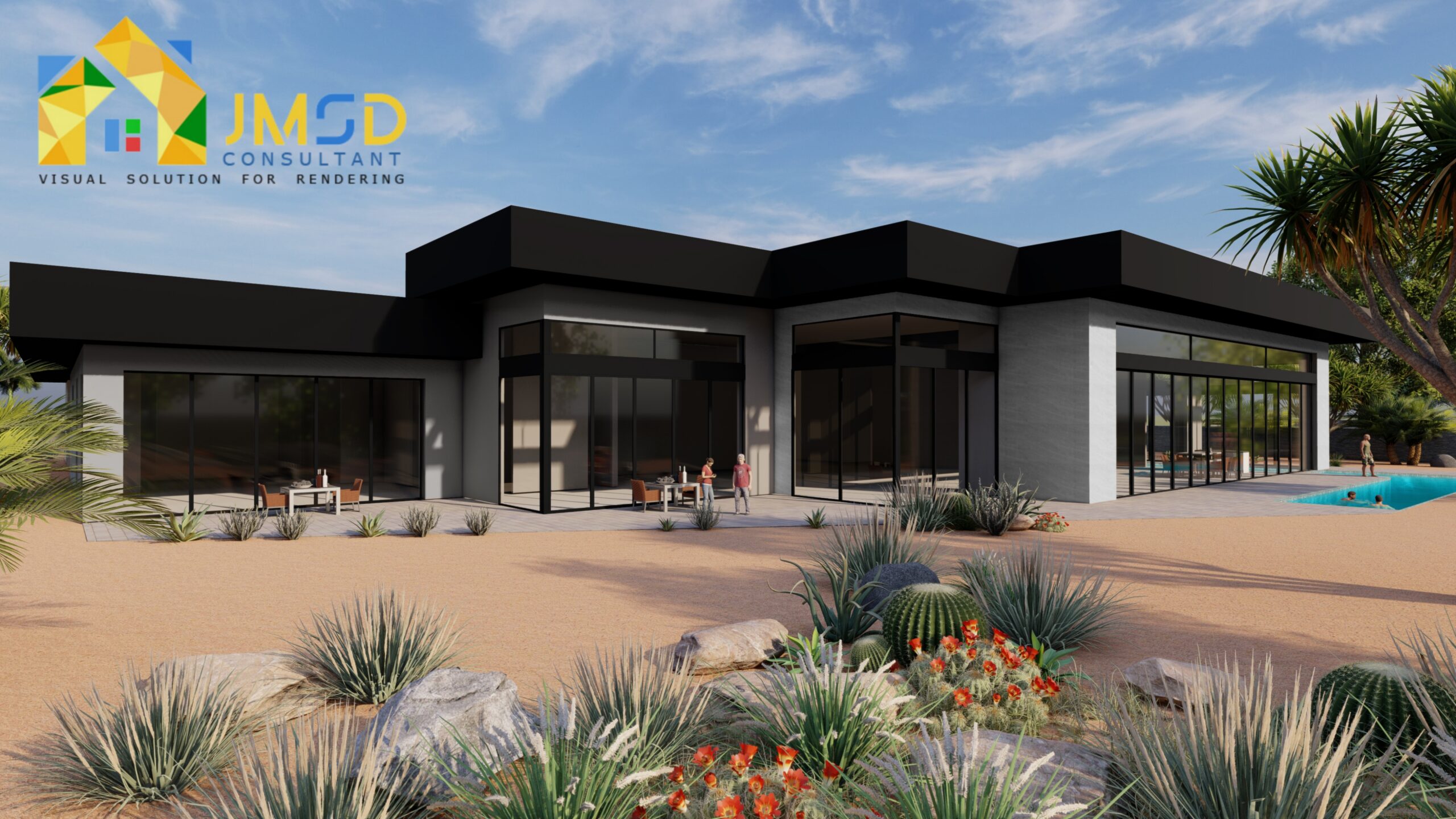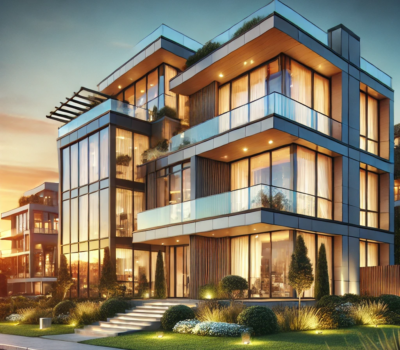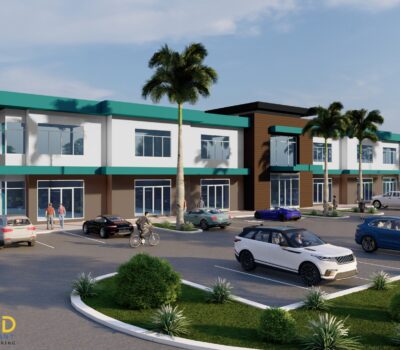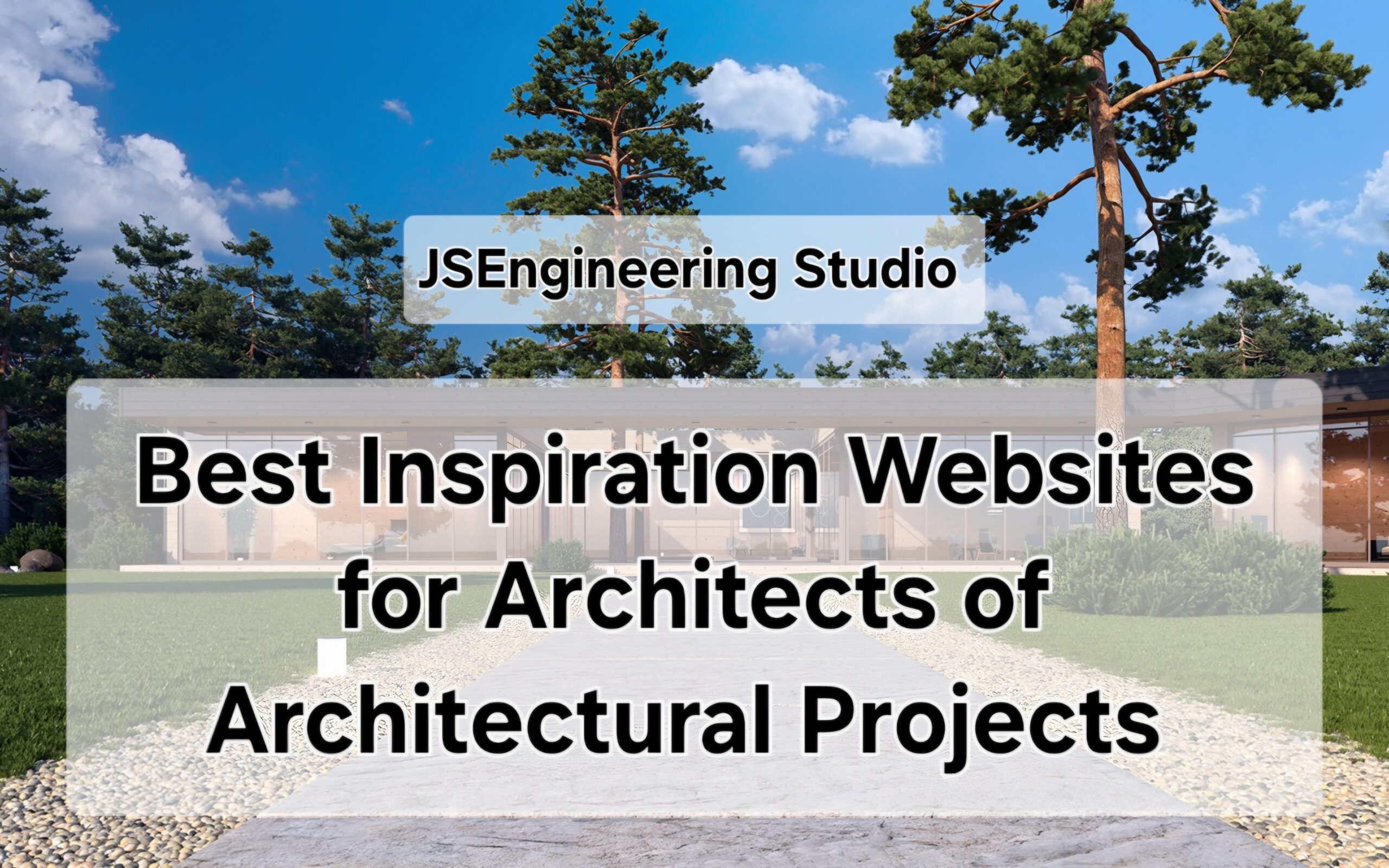In the ever-evolving world of architecture, staying competitive and innovative is crucial for small architecture firms. One way they can achieve this is by embracing technology and, in particular, real-time visualization. In this article, we will explore the five significant advantages that small architecture firms can gain by incorporating real-time visualization into their workflow.
Small architecture Rendering firms often face unique challenges in a highly competitive industry. Real-time visualization technology offers a solution to many of these challenges by providing a dynamic and immersive way to explore architectural designs. Let’s dive into the advantages that come with embracing this technology.
Enhanced Design Exploration with Real-Time Visualization for Small Architecture Firms
Unleash Creativity with Real-Time Visualization
Real-time visualization empowers architects to experiment with various design concepts swiftly. By manipulating 3D models in real-time, architects can explore different styles, materials, and spatial arrangements efficiently.
Instant Feedback for Design Refinement
With real-time visualization, architects can receive immediate feedback on their designs. This enables them to make quick adjustments and refinements, ensuring that the final design aligns perfectly with the client’s vision.
Improved Client Communication with Real-Time Visualization for Small Architecture Firms
Engage Clients with Immersive Experiences
Real-time visualization allows architects to create immersive presentations that captivate clients. Clients can walk through virtual representations of their projects, gaining a deeper understanding of the design and making it easier to provide constructive feedback.
Clearer Visualization of the Final Product
Clients often struggle to visualize the end result from traditional blueprints or 2D renderings. Real-time visualization bridges this gap by providing clients with a Photorealistic and detailed Rendering view of what the finished project will look like.
Streamlined Decision-Making with Real-Time Visualization for Small Architecture Firms
Faster Decision-Making Processes
Real-time visualization accelerates decision-making processes. Clients can see design changes in real-time, making it easier for them to make choices regarding materials, finishes, and layout.
Reduced Miscommunication
Miscommunication between architects and clients can lead to costly delays. Real-time visualization minimizes the risk of misinterpretation by offering a shared visual language that everyone can understand.
Increased Efficiency in Project Execution with Real-Time Visualization for Small Architecture Firms
Improved Construction Planning
Real-time visualization aids in construction planning by providing precise 3D models that contractors can use for accurate cost estimates and project timelines.
Minimized Rework
By allowing all stakeholders to see the design in its entirety before construction begins, real-time visualization reduces the need for costly and time-consuming design changes during the construction phase.
Cost Savings
Lower Design Iteration Costs
Real-time visualization helps architects catch design flaws early in the process, preventing costly revisions later on. This can result in significant savings in both time and money.
Reduced Construction Delays
With fewer design changes and improved communication, projects are less likely to encounter delays, saving small architecture firms from potential financial setbacks.
Conclusion
Small architecture firms can gain a competitive edge by embracing real-time visualization technology. This innovative approach enhances design exploration, improves client communication, streamlines decision-making, increases project efficiency, and ultimately leads to cost savings. By harnessing the power of real-time visualization, these firms can elevate their designs and deliver exceptional results.

FAQs
Q1 : What is real-time visualization in architecture?
Real-time visualization in architecture refers to the use of technology to create dynamic, interactive 3D models of architectural designs, allowing stakeholders to explore and understand projects in real-time.
Q2 : Is real-time visualization expensive for small firms?
While there is an initial investment in software and hardware, the long-term cost savings from reduced revisions and construction delays often outweigh the initial expenses.
Q3 : How does real-time visualization benefit client engagement?
Real-time visualization engages clients by offering immersive experiences that help them better understand and connect with the design, leading to more informed decision-making.
Q4 : Can real-time visualization be integrated into existing design workflows?
Yes, real-time visualization tools are designed to be integrated seamlessly into existing architectural design workflows, enhancing rather than disrupting established processes.
Q5 : Are there any limitations to real-time visualization technology?
While real-time visualization is a powerful tool, it requires specialized software and hardware, and there may be a learning curve for architects and clients unfamiliar with the technology. However, the benefits far outweigh these challenges.
